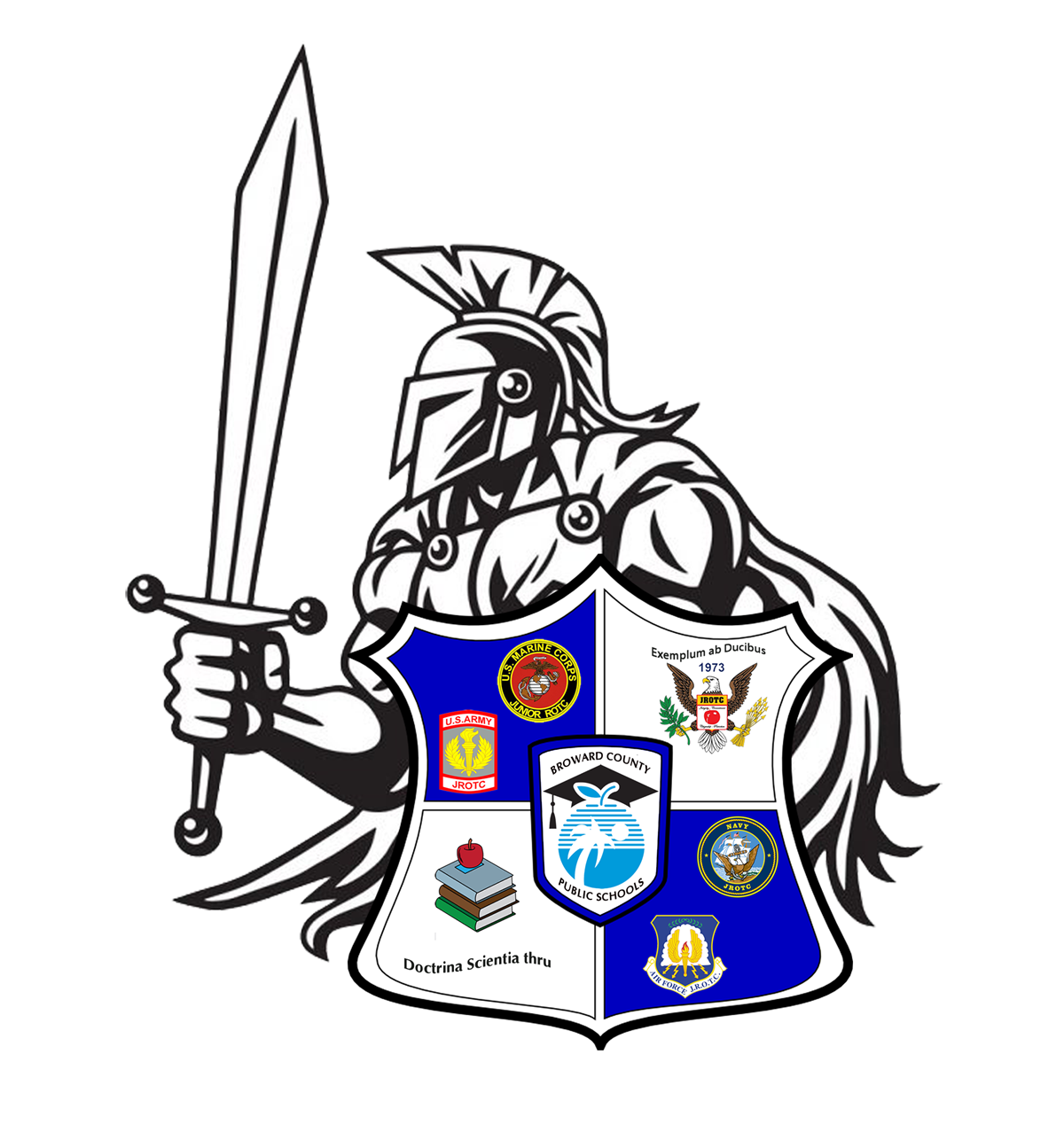- Broward County Public Schools
- The Junior Reserve Officers' Training Corps
JROTC
Page Navigation
- Overview
- The Junior Reserve Officers' Training Corps
- BCPS JROTC Coordinator
- BCPS JROTC Staff
- Middle School Cadet Corps Program
- JROTC Programs
- High School Cadets of the Year
- JROTC Activities
- College & Scholarship Opportunities
- JROTC Program Q & A
- Broward County JROTC Cadet of the Year Golf Tournament
The Junior Reserve Officers' Training Corps
-

The Junior Reserve Officers’ Training Corps (JROTC) is the largest youth training and development program in the United States, with more than 500,000 participating students. All five service branches maintain JROTC programs, which are operated through cooperative agreements between the services and high schools. The program includes classes covering such topics as leadership, civics, U.S. history, geography and global awareness, health and wellness, and life skills. The program also includes extracurricular activities, such as drill teams, color guards, raiders teams academic/leadership teams, cybersecurity teams, and robotics teams. The Army maintains the largest number of JROTC programs and instructors with more than 4,000 instructors, who coach, mentor and teach approximately 314,000 cadets annually. These instructors are in over 1,700 public and private high schools, military institutions, and correctional centers throughout the Continental United States it’s territories and overseas. The Air Force JROTC has 878 programs nationwide. The Navy JROTC has 573 programs nationwide. The Marine Corps JROTC has 278 programs nationwide.
After a school is selected for unit establishment, the sponsoring service and the school district enter into an agreement that governs the administration of the unit. In general, the agreements require that the school maintain JROTC enrollment of no fewer than 100 students who are in ninth grade or above (or, for schools with fewer than 1,000 students, 10 percent of the student enrollment). The school must provide adequate facilities for classroom instruction, drill fields, instructor offices, and extracurricular activities. The school will also employ a senior instructor and a junior instructor to teach the Leadership Education and Training (LET) curriculum for LET 1 (Freshman), LET 2 (Sophomores), LET 3 (Juniors) and LET 4 (Seniors). As the cadet matriculates through the program they eventually become the leadership, who have the benefit of having a firm grasp of all aspects of the program, duties and responsibility of each leadership position, rank and structure, character development and self-awareness.
“WE DO NOT RECRUIT FOR THE MILITARY SERVICE, BUT WE DO RECRUIT FUTURE LEADERS OF THE WORLD”

